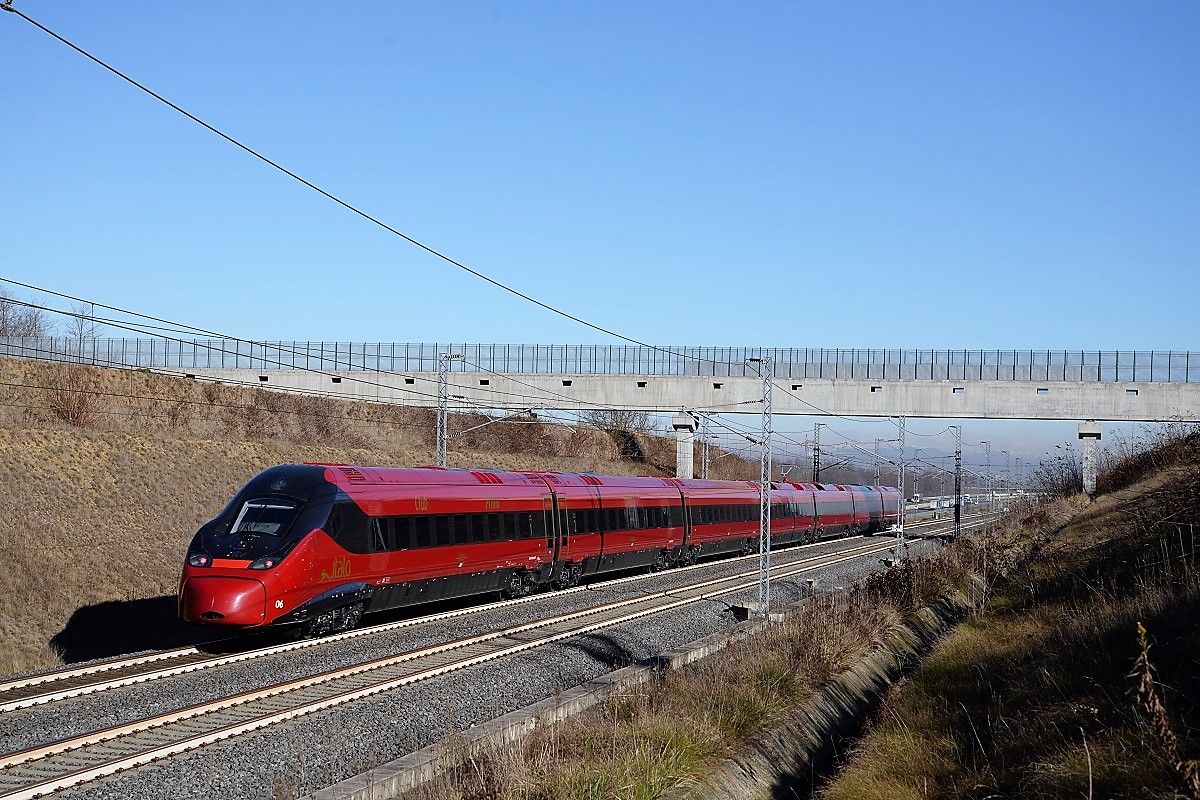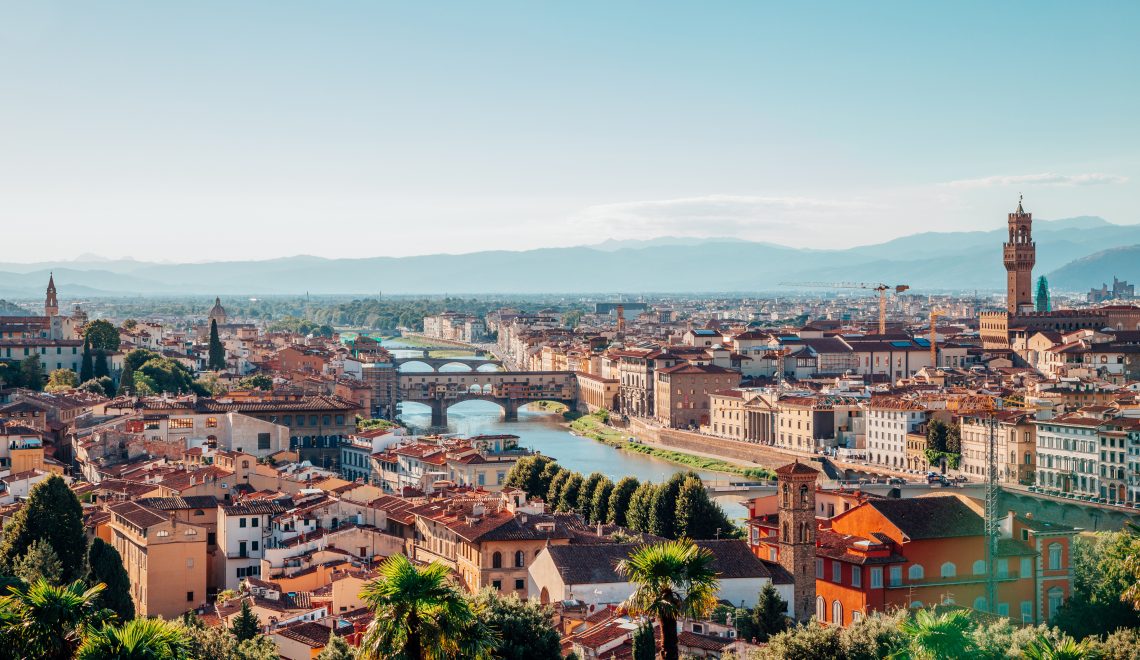
Learn everything from booking tickets to train etiquette, whether you’re zipping across the country on a high-speed train or exploring regional gems. Find out how to make the most of Italy’s extensive rail network, including tips on rail passes, pet policies, and onboard amenities.
Travelling by train in Italy is a quintessential experience for both tourists and locals. The country’s extensive railway network spans from the snow-capped Alps in the north to the sun-kissed shores of Sicily in the south. This FAQ aims to provide essential information for those looking to navigate Italy by train, ensuring a smooth and enjoyable journey through the heart of the Mediterranean.
- Does Italy have high-speed trains?
- What are the different types of trains in Italy?
- Are there rail passes available for tourists?
- How do I purchase train tickets in Italy?
- How to book trains in Italy?
- How to validate train tickets in Italy?
- Are dogs allowed on trains in Italy?
- Are there toilets on trains in Italy?
- Are trains in Italy air-conditioned?
- Can you bring luggage on trains in Italy?
- Can you take bikes on trains in Italy?
- Can you drink alcohol on trains in Italy?
- Can you eat on trains in Italy?
- Can you smoke on trains in Italy?
- Do trains run in Italy on Christmas/Easter/Sunday?
- How do I navigate train stations in Italy?
- What should I know about train travel etiquette in Italy?
Does Italy have high-speed trains?
Yes, Italy boasts an advanced high-speed train network. Services such as Italo connect major urban centres like Rome, Milan, Florence, and Venice at speeds up to 300 km/h (186 mph). These trains offer a fast, comfortable, and efficient way to travel between cities.
How fast are trains in Italy?
The speed of trains in Italy varies by the type of service. High-speed trains can reach speeds of up to 300 km/h.
InterCity trains travel at a moderate speed, typically around 160 km/h (100 mph), while regional trains, which stop at many small stations, go at lower speeds.
What are the different types of trains in Italy?
Italy boasts a diverse range of train services catering to all needs and budgets. Italo Train is a high-speed train connecting major cities across the country in a matter of hours, offering first and standard-class accommodation with amenities such as free Wi-Fi and power outlets. InterCity trains serve medium-distance routes at a slower pace but at more affordable prices. Regional trains are the slowest, stopping at almost every station along their route, making them ideal for short trips or exploring off-the-beaten-track destinations. Each train type has its own pricing structure and booking requirements.
- High-speed trains like Italo connect major cities.
- InterCity trains are suitable for medium distances.
- Regional trains are best for short trips and exploring local areas.

Are there rail passes available for tourists?
Yes, tourists can take advantage of various rail passes in Italy, which offer unlimited travel within a specific time frame, making them an economical option if you’re planning to travel extensively. The most popular is the Eurail Italy Pass, available exclusively to non-European residents. It allows for flexible travel on most trains across the country. There’s also the Interrail Italy Pass for European residents. Passholders can benefit from additional discounts on city cards, ferries, and other transportat services. It’s advisable to compare the cost of individual tickets versus a pass to determine the best option for your itinerary.
- Eurail Italy Pass for non-European residents.
- Interrail Italy Pass for European residents.
- Passes offer unlimited travel and additional discounts.
Is there an unlimited train pass in Italy?
Yes, there are unlimited train passes available for tourists, such as the Eurail Italy Pass for non-European residents and the Interrail Italy Pass for European residents. These passes offer flexible travel options, allowing unlimited travel on the national railway network of Italy within a certain period.
In addition, Italo offers Italo Travel Pack passes, which are an ideal solution for those who must travel between several cities or have multiple destinations planned.
How do I purchase train tickets in Italy?
Purchasing train tickets in Italy is a straightforward process that can be done through multiple channels. Tickets can be bought in person at train station ticket offices, through automatic ticket machines located at stations, or online via the websites and apps of various railway companies, such as Italo. Online purchasing allows for early booking discounts and avoids queues at the station. It’s important to remember that most tickets need to be validated before boarding, either by stamping them at machines on the platform or through the app for digital purchases.
- Tickets can be purchased online, at ticket offices, or via automatic machines.
- Early booking can provide discounts.
- Tickets must be validated before boarding.
How to book trains in Italy?
Train tickets in Italy can be booked online through the websites of the Italian railway companies such as Italo, via mobile apps, or at train stations through ticket counters or automatic vending machines. Booking in advance online can often secure better deals and ensure seat availability, especially on high-speed trains.
Do children pay for train tickets in Italy?
On Italo trains in Italy, infants under 36 months travel for free without an assigned seat, provided they’re held by an adult. For safety, infants must remain seated throughout the journey. If an adult is travelling with more than one infant, a seat must be purchased for each additional infant. Additionally, Italo offers a “Italo Family” deal where children under the age of 14 can travel for free.
Can you buy train tickets at the station in Italy?
Yes, you can purchase train tickets at any train station in Italy. Ticket offices and automatic ticket machines are available at stations, offering tickets for all types of trains. However, for high-speed trains or travel during peak times, it’s advisable to book in advance.
Do I need to pre-book trains in Italy?
While not always necessary, pre-booking is recommended for high-speed trains or travelling on a specific date and time, as seats may be limited. For regional trains, it is usually possible to buy tickets on the day of travel without any issues.

How to validate train tickets in Italy?
Before boarding a regional or InterCity train, you must validate your paper ticket by stamping it in one of the green and white machines located on the platforms. Failure to do so may result in a fine. Digital tickets, such as those on your smartphone, typically do not require validation.
Do they check train tickets in Italy?
Yes, train tickets are regularly checked in Italy by conductors during the journey. Ensure your ticket is validated (if required) and accessible for inspection to avoid fines.
Are dogs allowed on trains in Italy?
Dogs are allowed on trains in Italy. Small pets can travel for free if they are in a carrier. Larger dogs may require a ticket, which is usually half the price of a full ticket and must be kept on a lead and muzzled.
Are there toilets on trains in Italy?
Yes, toilets are available on most trains in Italy, including high-speed, InterCity, and regional trains. They are usually located at the end of each carriage.
Are trains in Italy air-conditioned?
Most high-speed trains and many InterCity and regional trains in Italy are equipped with air conditioning, especially those servicing long-distance routes.

Can you bring luggage on trains in Italy?
Passengers are allowed to bring luggage on trains in Italy without any additional fee. Luggage should be stored in the designated areas at the end of carriages or above the seats to avoid obstructing aisles and exits.
Can you take bikes on trains in Italy?
Many trains in Italy allow bikes as long as they are folded or dismantled and placed in a bike bag. Some regional trains have specific bike carriages. A small fee may be required to bring a bike on board.
Can you drink alcohol on trains in Italy?
Consumption of alcohol is generally permitted on trains in Italy. However, excessive drinking or causing disturbance can lead to fines or being asked to leave the train.
Can you eat on trains in Italy?
Yes, eating is allowed on most trains in Italy. High-speed trains often have a dining car or trolley service offering snacks and beverages. Passengers can also bring their own food on board.
Can you smoke on trains in Italy?
Smoking is strictly prohibited on all trains and within train stations in Italy. This includes electronic cigarettes.
Do trains run in Italy on Christmas/Easter/Sunday?
Trains in Italy run every day of the year, including Sundays and holidays like Christmas and Easter. However, the frequency and number of services may be reduced on these days, so it’s advisable to check the schedule in advance.

How do I navigate train stations in Italy?
Italian train stations, especially in larger cities, are bustling hubs equipped with a variety of facilities including ticket offices, waiting areas, retail stores, and eateries. Key information such as departure and arrival times are displayed on large electronic boards. Each train is listed by its departure time, destination, and platform number (binario). It’s crucial to arrive at the station with ample time before your train’s departure, as finding the right platform in a busy station can take time. Assistance is available at the ticket offices and information desks for those who need help navigating the station.
- Departure and arrival information is displayed on electronic boards.
- Trains are listed by departure time, destination, and platform number.
- Arrive early to find your platform and seek assistance if needed.
What should I know about train travel etiquette in Italy?
Train travel in Italy is not just about getting from point A to point B; it’s an experience with its own set of unspoken rules. Firstly, speaking in a moderate voice and using headphones for personal audio devices is appreciated to maintain a pleasant environment for all passengers. Seats are often allocated, so sitting in your assigned seat is important. Lastly, storing luggage in designated areas helps to keep aisles and exits clear. Observing these simple rules ensures a comfortable journey for everyone on board.
- Speak in a moderate voice and use headphones.
- Sit in your assigned seat.
- Store luggage in designated areas.
Navigating the Italian train system can be a delightful part of your travel adventure in Italy. With a bit of planning and an understanding of how things work, you can explore the breathtaking landscapes and historic cities of Italy with ease and comfort.






